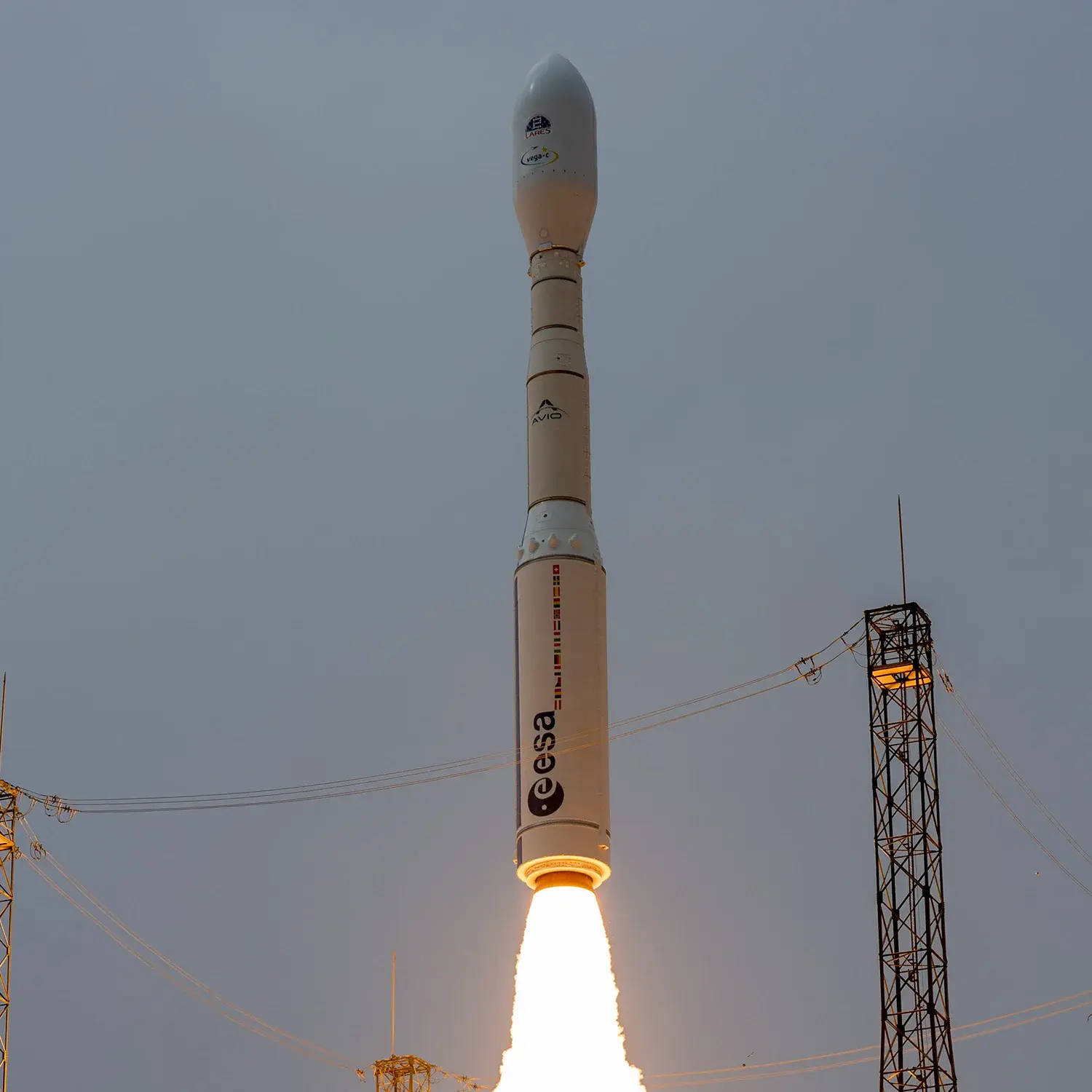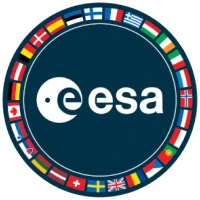SMILE
Liftoff Time
No Earlier Than April 8, 2026
Mission Details
SMILE
Solar wind Magnetosphere Ionosphere Link Explorer (SMILE) is a planned joint venture mission between the European Space Agency and the Chinese Academy of Sciences. SMILE will image for the first time the magnetosphere in soft X-rays and UV during up to 40 hours per orbit, improving our understanding of the dynamic interaction between the solar wind and Earth's magnetosphere. The mission will observe the solar wind interaction with the magnetosphere with its X-ray and ultraviolet cameras (SXI and UVI), gathering simultaneous images and videos of the dayside magnetopause (where Earth's magnetosphere meets the solar wind), the polar cusps (a region in each hemisphere where particles from the solar wind have direct access to Earth's ionosphere), and the auroral oval (the region around each geomagnetic pole where auroras most often occur). SMILE will also gather simultaneously in situ measurements with its two other instruments making up its payload – an ion analyser (LIA) and a magnetometer (MAG). These instruments will monitor the ions in the solar wind, magnetosheath, and magnetosphere while detecting changes in the local DC magnetic field. SMILE must reach a high enough altitude to view the outside edge of Earth's magnetopause and at the same time obtain a good spatial resolution of the auroral oval. The chosen orbit is therefore highly elliptical and highly inclined (70 or 98 degrees depending on the launcher), and takes SMILE a third of the way to the Moon at apogee (an altitude of 121 182 km, i.e. 19 Earth radii or RE). This type of orbit enables SMILE to spend much of its time (about 80%, equivalent to nine months of the year) at high altitudes, allowing the spacecraft to collect continuous observations for the first time during more than 40h. This orbit also limits the time spent in the high-radiation Van Allen belts and the two toroidal belts.
Highly Elliptical Orbit
1 Payload
2,200 kilograms
Launch Site
Stats
Vega
29th
Mission
1st
Mission of 2026
European Space Agency
307th
Mission
1st
Mission of 2026
2026
5th
Orbital launch attempt

